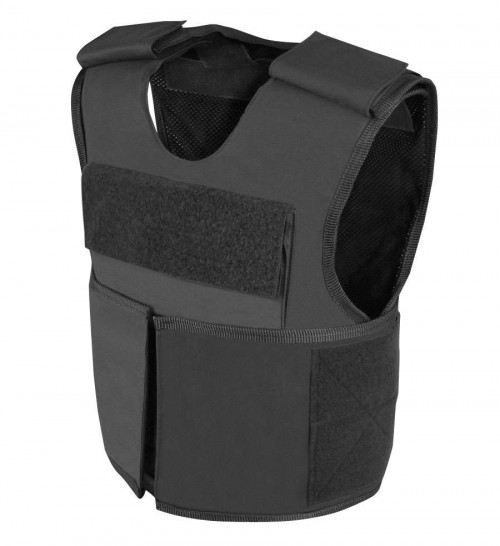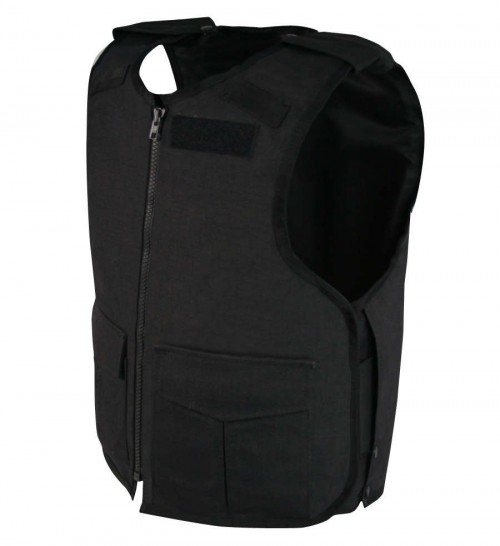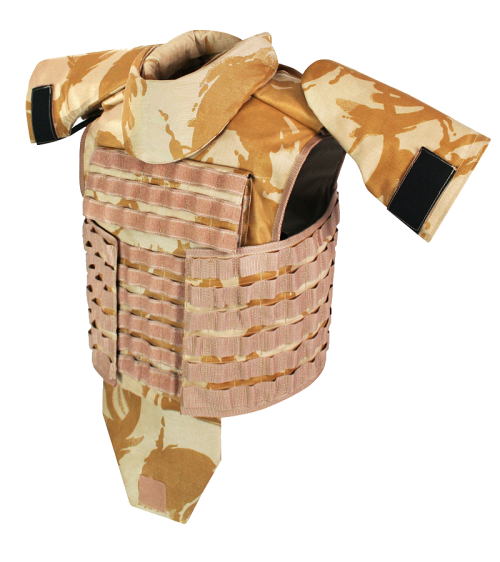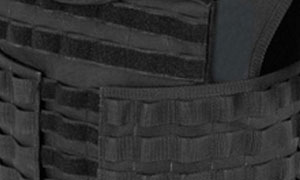
There are a number of different Tactical Armor options available to those working in high-risk situations, and the usual advice reserved for those considering it is to understand the different levels of protection available and the different models available. However, for Operators working in extremely dangerous environments, who have already been trained to the highest degree, they will not need any advice on their body armor. Indeed, we can learn a thing or two by looking at what exactly they use.
Tactical vests differ from ‘normal’ bullet proof vests in that they are often bigger, bulkier, and with a great deal more protective capabilities. The size and weight of a Tactical vest is the main barrier to an ordinary user, and is why these vests are recommended only for those who truly need them.
However, the increase in size and weight that comes with Tactical vests is negligible, and manufacturers are increasingly looking at new materials and design sin an effort to provide Operators with exceptionally comfortable protection.

Another important difference between ‘normal’ Armor and Tactical Armor is the design. SWAT Teams, for example, are unique in their need for Tactical Armor. The vests that these teams will wear are usually augmented with protection for most of the body, and soft protection will be added to the vest for the neck, throat, upper arm, and groin for example.
These additions are important for SWAT Teams, who are expected to face extreme threats swiftly and decisively, usually in close quarters. The slight impediment to mobility that this extra protection brings is negligible as SWAT Teams are expected to deal with situations quickly, and will not face the extended operational times that the Navy SEALs do, for example.
The Navy SEALs are another interesting example of Tactical Armor users, as they are expected to deal with extreme threats, but have a more pressing need for mobility and adaptability. In that vein, their armor is relatively bare, often consisting only of the vest and a ballistic helmet. However, the vests they usually use are unique for being longer than a typical bullet resistant vest, often coming further down the torso. This is to ensure that they have protection against wounds that, while not fatal, could be difficult to treat behind enemy lines.

Similarly, the SAS require adaptability and as such also forgo the additional protection used by SWAT Teams and the Military in general. Their vests also come in a longer style, and are being upgraded with quick release systems that enable them to quickly shed their vest if necessary. Furthermore, weight distribution systems help keep their vests comfortable for long periods.
The most common aspects of all these Tactical Vests is that they can be easily augmented with pouches, pockets, and carriers for equipment. These allows these Operators to use a vest as more than just protection, and allows the vest to facilitate their work in any situation. Moreover, an increase in the use of lightweight and breathable materials makes these vest all the lighter, making them more comfortable for these people working in dangerous environments.

